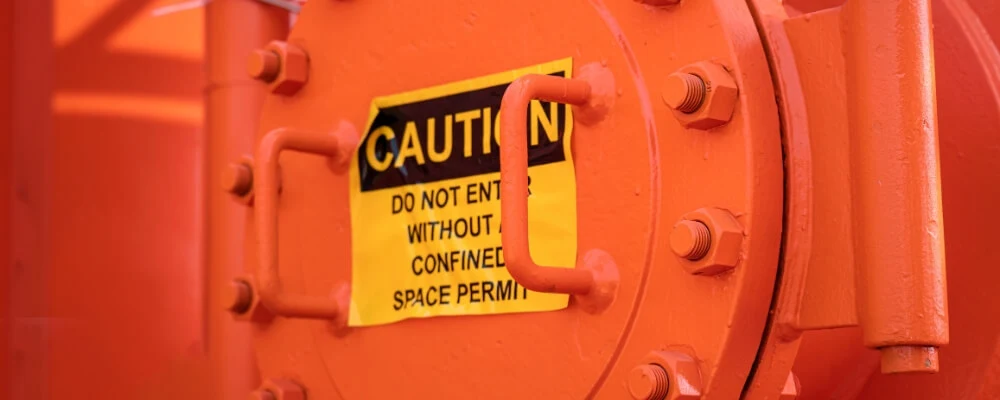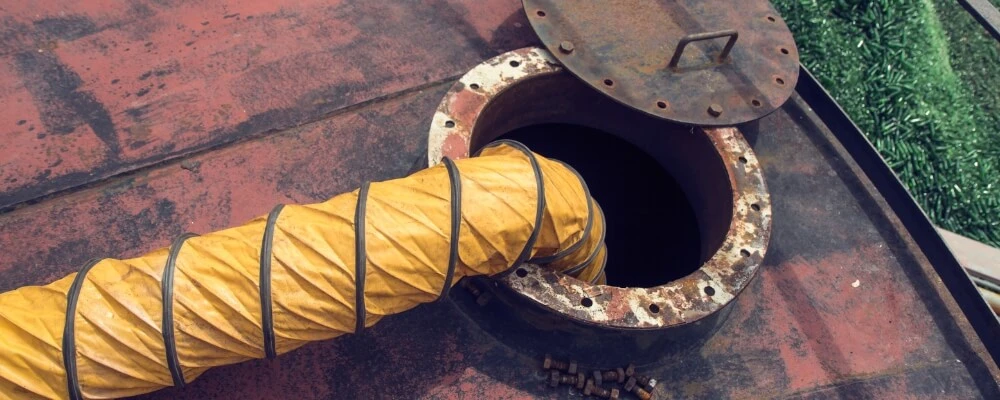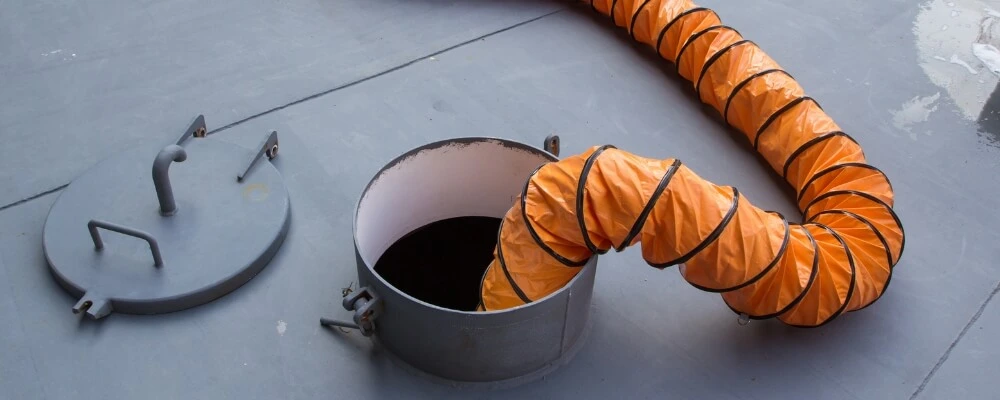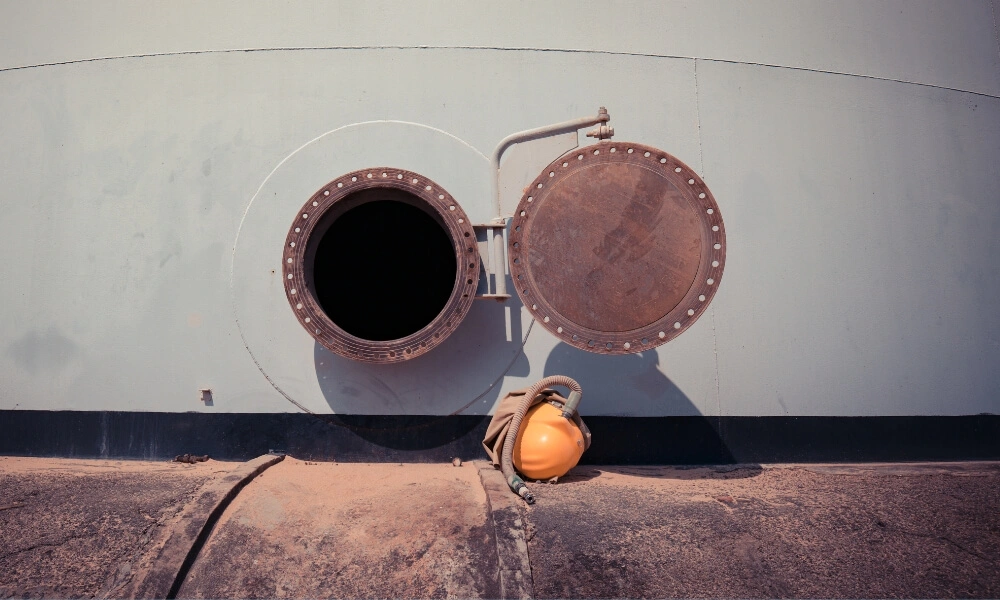The confined space rescue Plan is an essential safety protocol for many industries, where workers often find themselves in enclosed or partially enclosed spaces not meant for continuous human occupancy. These environments can present unique hazards, including limited access, potential for toxic gas exposure, and mechanical risks. A well-crafted and meticulously implemented confined space rescue plan is vital in manufacturing, construction, or chemical processing.
This guide outlines the 10 Key Steps of the Confined Space Rescue Plan, providing a comprehensive framework to safeguard employees, facilitate successful rescues, and ensure legal compliance. By following these steps, organizations can foster a culture of safety, preparedness, and responsiveness, no matter what challenges a confined space may present.
What’s a Confined Space Rescue Plan?
A Confined Space Rescue Plan is a documented set of procedures and guidelines designed to safely rescue individuals from confined spaces. These areas are not intended for continuous occupancy and often have restricted entry and exit points.
The importance of a Confined Space Rescue Plan lies in its ability to provide a systematic approach to responding to emergencies within these unique and potentially hazardous environments. By clearly outlining the necessary steps, equipment, personnel, and communication protocols, the plan helps prevent injuries and fatalities during rescue operations. It ensures compliance with safety regulations, facilitates coordination with emergency services, and enhances overall preparedness, making it a crucial component of workplace safety in industries where confined spaces are common.

10 Steps of Confined Space Rescue Plan
Confined space rescue is a specialized rescue operation required in environments with limited entry and exit, limited ventilation, and serious hazards to life and health. Planning and executing a confined space rescue requires high preparation, expertise, and equipment. Here are some general steps that can be involved in a confined space rescue plan:
1. Identification of Confined Spaces
This first step involves locating, documenting, and labeling confined spaces within a facility. Confined spaces are large enough for workers to enter and perform tasks but have limited or restricted means of entry or exit and are not intended for continuous occupancy. These spaces may include tanks, silos, storage bins, vaults, pits, etc. Identifying these areas requires a thorough inspection of the facility and collaboration with various departments, which is vital for safety as it helps workers recognize potential danger zones.
2. Risk Assessment
A thorough examination of each confined space to determine potential risks is essential to the plan. The assessment examines atmospheric conditions (e.g., lack of oxygen or toxic fumes), physical risks (e.g., falls, entrapment), and other hazards like electrical or thermal risks. This assessment should be conducted by trained professionals and revisited regularly, especially if there are changes in the space’s use or configuration.
3. Development of Entry Permits
An entry permit system is implemented to manage and control access to confined spaces. The permits detail the specifics of the entry, including the purpose, expected duration, authorized personnel, safety measures, emergency contacts, and equipment needed. Entry permits must be approved by a competent authority and maintained as a record, providing a clear trail of who was in the confined space and why.
4. Emergency Procedures Creation
Outlining the necessary actions and responsibilities in an emergency within a confined space is crucial. Emergency procedures detail responsibilities, actions, coordination with external emergency services, and evacuation methods. They must be easily accessible and understood by everyone involved. Regular training on these procedures ensures that everyone knows their role in an emergency, enabling a rapid response that can save lives.

5. Selection of Rescue Equipment
Determining the specific rescue equipment required for each confined space and ensuring its availability and maintenance is vital. Rescue equipment varies depending on the confined space and the associated risks. It may include respiratory protection, full-body harnesses, lifelines, winches, lighting, communication devices, and more. The equipment must be inspected regularly to ensure it’s in working order, and those using it must be trained in its proper use.
6. Training and Formation of a Rescue Team
This step involves creating a dedicated rescue team trained to respond to confined space emergencies. The members must be carefully selected to ensure they possess the needed skills, such as first aid, CPR, and familiarity with the equipment. Regular and rigorous training sessions ensure the team is always prepared to respond quickly and efficiently. The presence of a well-trained rescue team is crucial in minimizing the response time and enhancing the chances of a successful rescue.
7. Communication Strategy
Effective communication is paramount in any rescue operation, especially in the unique challenges of confined spaces. A clear communication strategy must be established to ensure that information is relayed accurately between the rescue team, the person inside the confined space, and any support staff outside. This might include having a designated communication officer and using specific devices like radios or other specialized equipment. Clear communication can streamline the rescue process, provide essential real-time information, and be vital in a life-threatening situation.
8. Regular Drills and Training
Continuous practice through regular drills and training sessions ensures all team members are familiar with the rescue plan, equipment, and roles. These drills help simulate real-life scenarios, allowing the team to understand what to expect and how to act in an emergency. Regular training builds confidence and competence, ensures everyone knows their responsibilities and allows for identifying and correcting any weaknesses in the plan or the team’s abilities.

9. Compliance with Regulations and Standards
Ensuring the rescue plan aligns with all relevant legal requirements, industry standards, and best practices is vital. This includes understanding and adhering to occupational safety regulations, local laws, and industry-specific guidelines. Compliance ensures the safety of all involved and protects the organization from potential legal liabilities. Regular audits and consultation with legal or industry experts might be necessary to maintain compliance.
10. Regular Review and Updates of the Plan
The confined space rescue plan should not be static but a living document reviewed and updated regularly. Changes in the configuration or use of confined spaces, advancements in technology, updates to regulations, or lessons learned from drills or actual incidents should all prompt a review of the plan. Regular reviews ensure the plan remains relevant and effective in providing the best protection and response in an emergency.
Conclusion
In conclusion, these confined space rescue plan steps offer a robust framework for safeguarding employees in high-risk environments. Each step, from identifying confined spaces to regular review and updates of the plan, is crucial in ensuring personnel safety and the successful execution of rescues. Organizations must commit to these steps as they collectively build a culture of preparedness, enhance operational safety, and guarantee compliance with legal standards. By doing so, they can confidently navigate the complexities of confined space work and effectively respond to emergencies.

